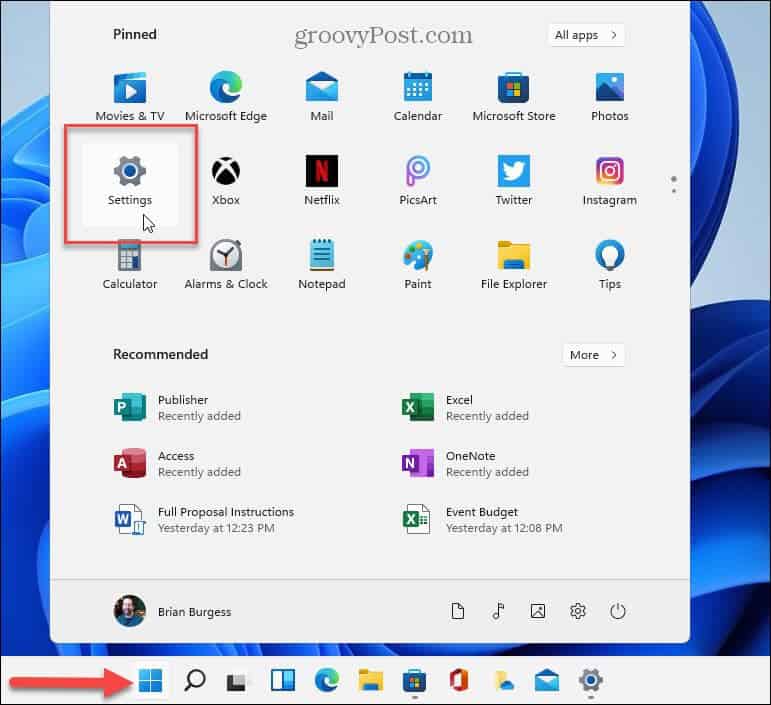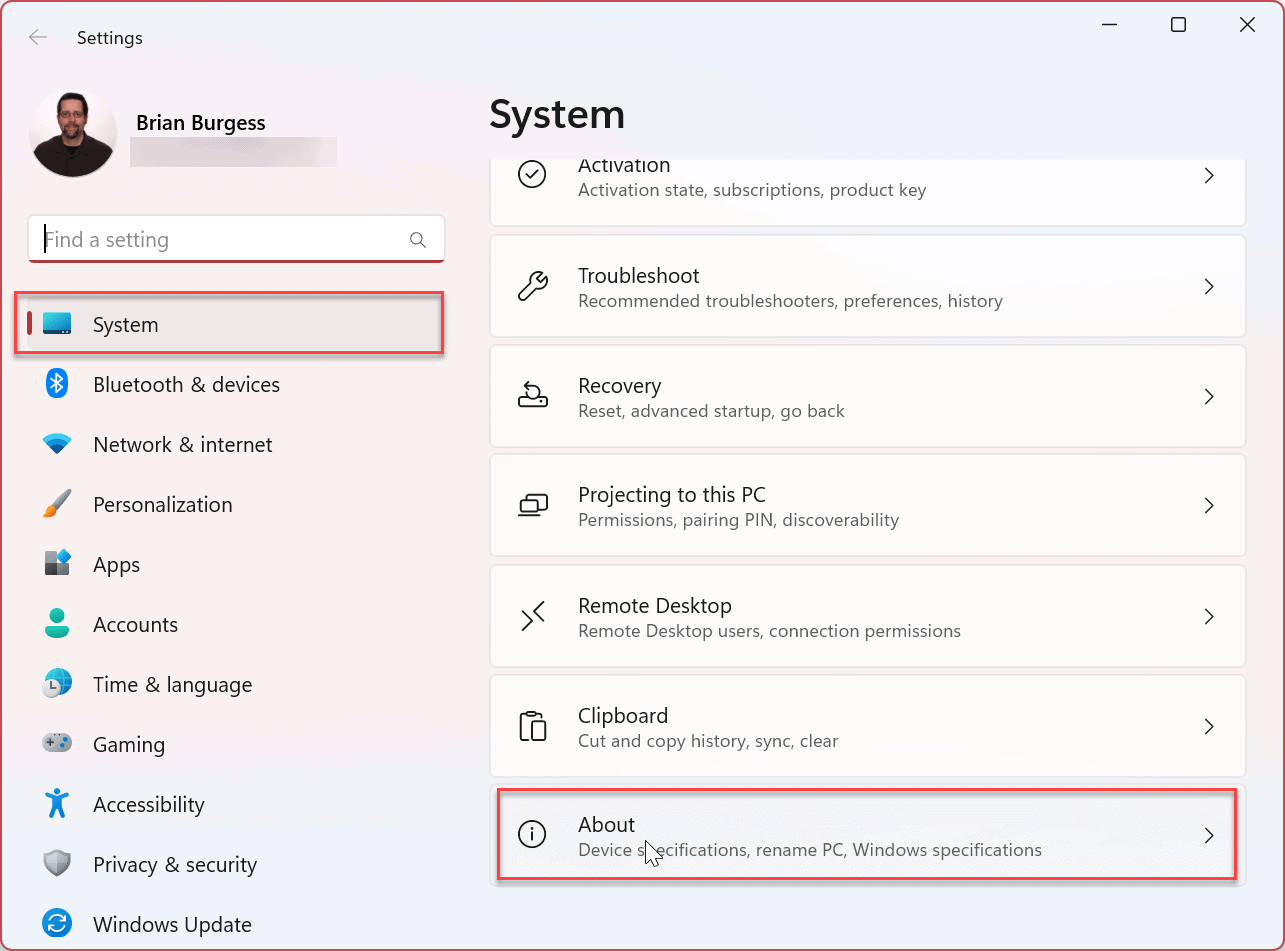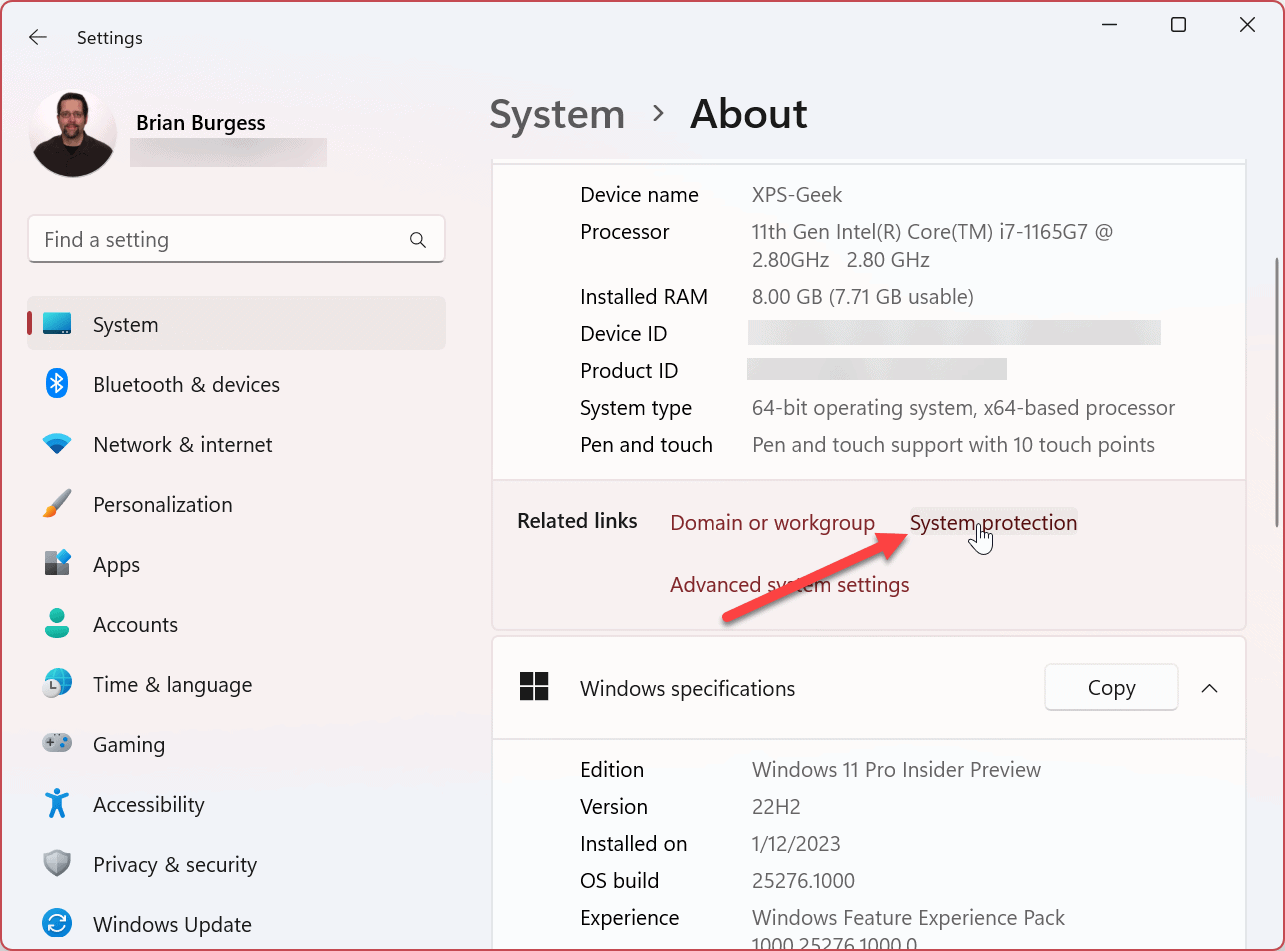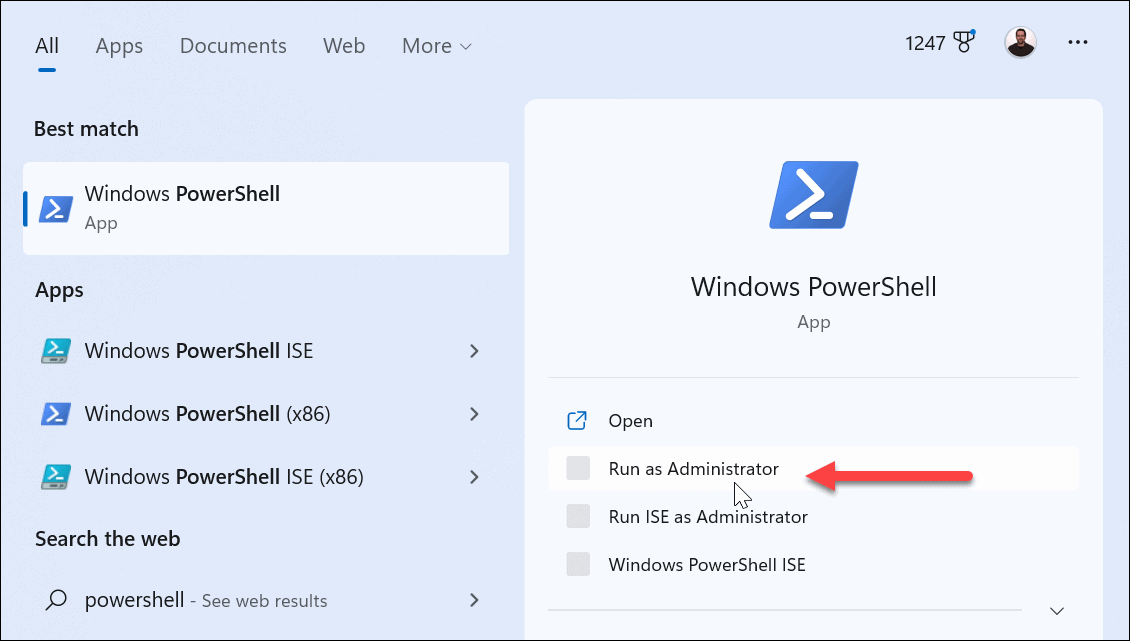How to Enable System Protection for Drives on Windows 11

Enabling System Protection on Windows 11 is a secure way to protect drive data. Here’s how to do it.
Before making any major changes to your PC, it’s a best practice to create a Restore Point. If something goes wrong, you can use it to recover your system.
While creating a Restore Point manually is recommended, you might forget to do it. The good news is you can make Windows 11 create one automatically using the System Protection feature.
This feature is like System Restore, and you can enable it via the Settings app or by using Windows PowerShell. We’ll explain how to enable System Protection for drives on Windows 11 below.
How to Enable System Protection on Windows 11
There is a couple of ways to enable System Protection for drives on Windows 11. The first is through the user interface, and the other is using the PowerShell terminal. We’ll cover both starting with the Windows 11 UI.
To enable System Protection for drives on Windows 11:
- Press the Windows key or click the Start button and launch Settings.


- When the Settings app opens, select System from the left column.
- Scroll down on the right section and click the About option.


- Under the Device specifications section, click the System protection link.


- Select the System Protection tab and select the (C:) Drive.
- Click the Configure button.


- Select the Turn on system protection option and click Apply and OK.


Note: In this section, you can also adjust the amount of disk space used for system protection by moving the slider. When the max space is reached, Windows will delete old Restore Points to make room for new ones.
How to Disable System Protection on Windows 11
If you want to disable System Protection, you can. The process is essentially selecting the option to turn it off and clicking a verification message.
To disable system protection on Windows 11:
- Select the Disable system protection option and click the Apply button.


- When the verification message appears, click the Yes button.
Note: Remember all existing restore points will be deleted, and new ones will not be created.

- Click OK to close out of the System Protection window and X to close out of Settings when done.


How to Enable System Protection on Windows 11 Using PowerShell
In addition to using the graphical user interface to enable system protection for drives on Windows 11, you can also use PowerShell. The process is straightforward by running a single command.
You can also use the newer Windows Terminal for these steps.
To enable System Protection via PowerShell:
- Press the Windows key and search for PowerShell.
- Select the Run as Administrator option from the left column.


- To enable System Protection on your local C: drive, run the following command when the terminal opens, and hit Enter.
Enable-ComputerRestore -Drive "C:\"


- Click Yes if the User Account Control (UAC) message appears.
- If you need to disable System Protection from PowerShell, run the following command, and hit Enter.
Disable-ComputerRestore -Drive "C:\"


After using the steps above, System Protection will be turned on or off (depending on the command) on your system. Remember that when using the terminal, no verification messages will appear (except UAC if enabled). The action will just be complete. However, you can verify the command works by navigating to System Protection via the GUI.
If you want to add system protection to a different drive, run the same command but replace C: with the drive letter to protect.
Protecting Your Data on Windows 11
System Protection or System Restore in Windows 11 protects your data and computer by backing up system settings and data during major system changes like software installations or feature updates. You can use the steps above to help you get started.
In addition to file backup solutions like syncing files to OneDrive or a third-party option like Backblaze, there are other ways to keep your system files protected on Windows 11. For example, you can create a full system image backup and use it to recover your computer.
Another built-in file recovery feature that you can use is File History on Windows 11. And if you need to start over and reinstall Windows 11, you can use the Reset this PC feature.
It’s also worth noting you can help secure your data by encrypting files and folders and removing personal information from files.
Leave a Reply
Leave a Reply
